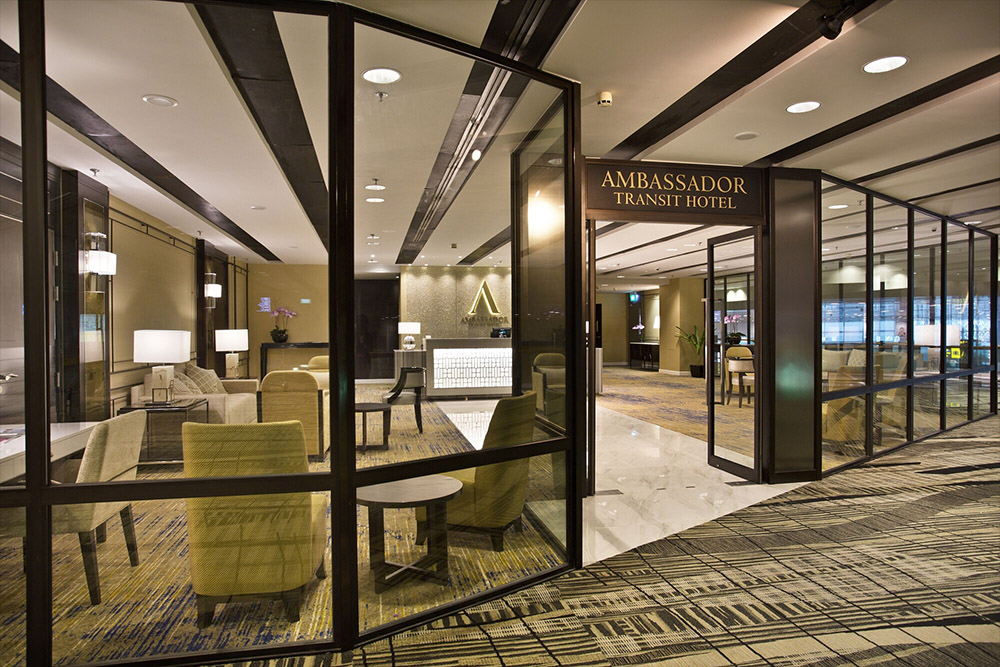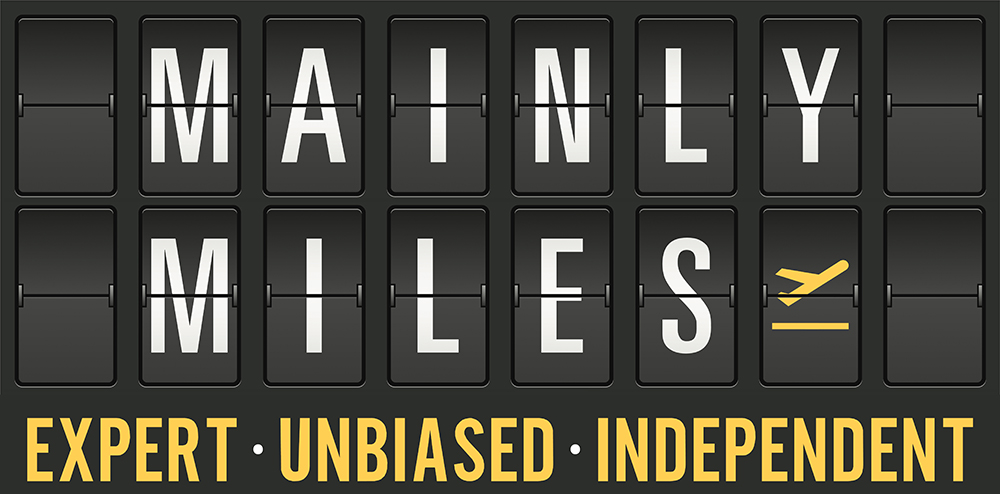Great news for those transiting through Singapore Changi Airport, with confirmation that from today a pre-departure test is no longer required, unless the restriction is imposed by your final destination, and that the dreaded ‘Transit Holding Areas’ (THAs) are no longer in use.
That means all transit travellers now have the freedom to shop, dine and use airline lounges during their stopover, as they did pre-pandemic.
Pre-departure test dropped
Until 21st February, Singapore mandated that travellers aged two and above transiting through Changi Airport must have a PCR or ART test within two days prior to the departure of their first flight (a PCR was mandatory for travellers originating in Category 4 countries).
This restriction applied regardless of any destination country requirements, with travellers therefore having to comply with the stricter of the two, which could be confusing to achieve.

From 22nd February 2022 Singapore’s requirement for transit passengers to have a pre-departure test has thankfully been dropped.
In tandem with the other adjustments to travel measures, CAAS will also be removing the pre-departure test requirements for all passengers transferring or transiting through Singapore.
This will help reduce cost, improve convenience and enhance Singapore’s attractiveness as a transfer/transit hub.
Civil Aviation Authority of Singapore
This brings Changi in line with other global air hubs like Doha, Dubai and Istanbul, which similarly do not require transit passengers to be tested.
Do remember, however, that while Singapore no longer requires a pre-departure test for passengers to transit through Changi Airport, your final destination and / or airline may impose the requirement, so you might still need one.
For example, a fully vaccinated passenger travelling from Sydney to London via Changi on Singapore Airlines will not need a pre-departure test, because neither the United Kingdom nor SIA impose any such requirement.
However, on the return journey the same passenger will need to meet Australia’s pre-departure test requirement, which is currently an ART within 24 hours or a PCR within three days of the departure of their first flight en-route to Australia.
Transit Holding Area is only for restricted countries
In more (and potentially even better) news, there will now be no requirement for any transit travellers to be relegated to the ‘Transit Holding Areas’ (THAs) between flights through Changi Airport.
Here’s how it used to work, for those transiting on or before 21st February 2022.
Transit Freedom
- Transiting travellers from Category 1, 2 and 3 countries (except for France, Denmark, Germany, the Netherlands, Switzerland and the United Kingdom).
Passengers can experience facilities in the central transit area including shopping and dining options, and access lounges.
Transit Holding Area
- Transiting travellers from Category 4 countries, plus France, Denmark, Germany, the Netherlands, Switzerland and the United Kingdom.
Passengers will be required to stay within a designated Transit Holding Area, where amenities are restricted. Those with longer layovers have the option to book a transit hotel, where they must remain until departure time.

Under the new system, all passengers will have transit freedom, except for those with seven-day travel history in one of Singapore’s new list of “restricted” countries, though the good news is that list is currently empty!
Countries may be reclassified in future, so this is certainly one to watch out for.
Transit hotels
Those in transit through Changi with longer connections are still able to book a stay in a private room at one of two airport hotels, regardless of their original country of origin.
- Aerotel (Terminal 1)
- Ambassador Transit Hotel (Terminal 3)

Previously those who were arriving from countries on the ‘naughty list’, which was Category 4 plus France, Denmark, Germany, the Netherlands, Switzerland and the United Kingdom, had to be escorted to and from the transit hotel, and were not be allowed to shop or dine en-route in either direction.
No issues like that now of course, with all passengers free to make their own way to or from these facilities.
Which airlines offer transits through Changi?
At the time of writing, 19 airlines operating at Changi have approval to carry transit passengers to and from their own networks and those of partner carriers, as shown in the following table (click to expand).
Remember that you and your luggage will still need to be checked through to your final destination at the origin point to be able to transit at Changi, there is no opportunity to go into the public area and check in again for a separate flight.
Note that transit itineraries are not currently permitted on VTL flights to and from Kuala Lumpur, or to and from India on any flights.
Will Qantas change its mind about the Singapore stopover?
Just last week we were reporting on Australia’s Qantas Airways continuing to use Darwin instead of Singapore as the stopover point on its Sydney – London ‘kangaroo route’, due to the complexities of testing requirements for passengers transiting through Changi.
Another issue, though Qantas didn’t specifically say so, was undoubtedly the fact that Australia-bound passengers who had departed form the UK would all be forced to remain in the THA during their layover, rather than browsing the shops or in one of the excellent Qantas lounges
That was hardly the experience the airline wanted to give its customers.
With both of those issues now fixed, it will be interesting to see whether Qantas brings forward its Singapore stopover.
Currently this is slated to restart on 19th June 2022, using the carrier’s Airbus A380s.
Summary
A return towards normality for transit passengers passing through Singapore Changi Airport, who will no longer require a pre-departure test, saving unnecessary expense for many travelling to countries that also don’t require one.
The key point for most of our readers, however, is saying goodbye to those Transit Holding Areas, roundly hated by almost everyone we spoke to who had the misfortune of spending any more than about an hour there!
While there’s still the potential for these to be activated again in case any countries make it onto Singapore’s “restricted” list, hopefully this would be very limited.
Meanwhile Changi Airport can once again compete with other major transit hubs like Dubai on a more equal footing with these rules now lifted.
(Cover Photo: Changi Airport)





The way I understand it, the new transit rule still doesn’t permit transiting in Changi under 2 separate tickets if those 2 tickets involve “unauthorized partner airlines” but IS allowed provided the 2 separate tickets involve “authorized partner airlines”. For example, flying ZRH-SIN with LX under 1 ticket and then connecting to a GA service from SIN to CGK under a separate ticket will NOT be possible. However, flying an EY ticket JFK-AUH-SIN to connect with a separately issued ticket with GA from SIN to CGK IS allowed. Is my above interpretation correct?
Well that appears to be good news. But I wish Singapore would again have bilateral travel without quarantine with Vietnam. It seems to be a silly thing, whereby you have to quarantine on return to Singapore after spending time in Vietnam.
So l can travel to Manchester England, from Thailand with out a P.C.R.TEST .Via Singapore (transit)
Yes correct, if you are fully vaccinated
I am looking to do HKG-LHR via SIN, which requires taking the first leg either with Scoot or SQ and arriving in T1 at Changi, before laying over for a few hours at T3 for the connection. The first flight is a VTL flight, but I am not planning on leaving the airport. Can I assume that this latest dispensation for testing for transiting in SIN still applies to me?